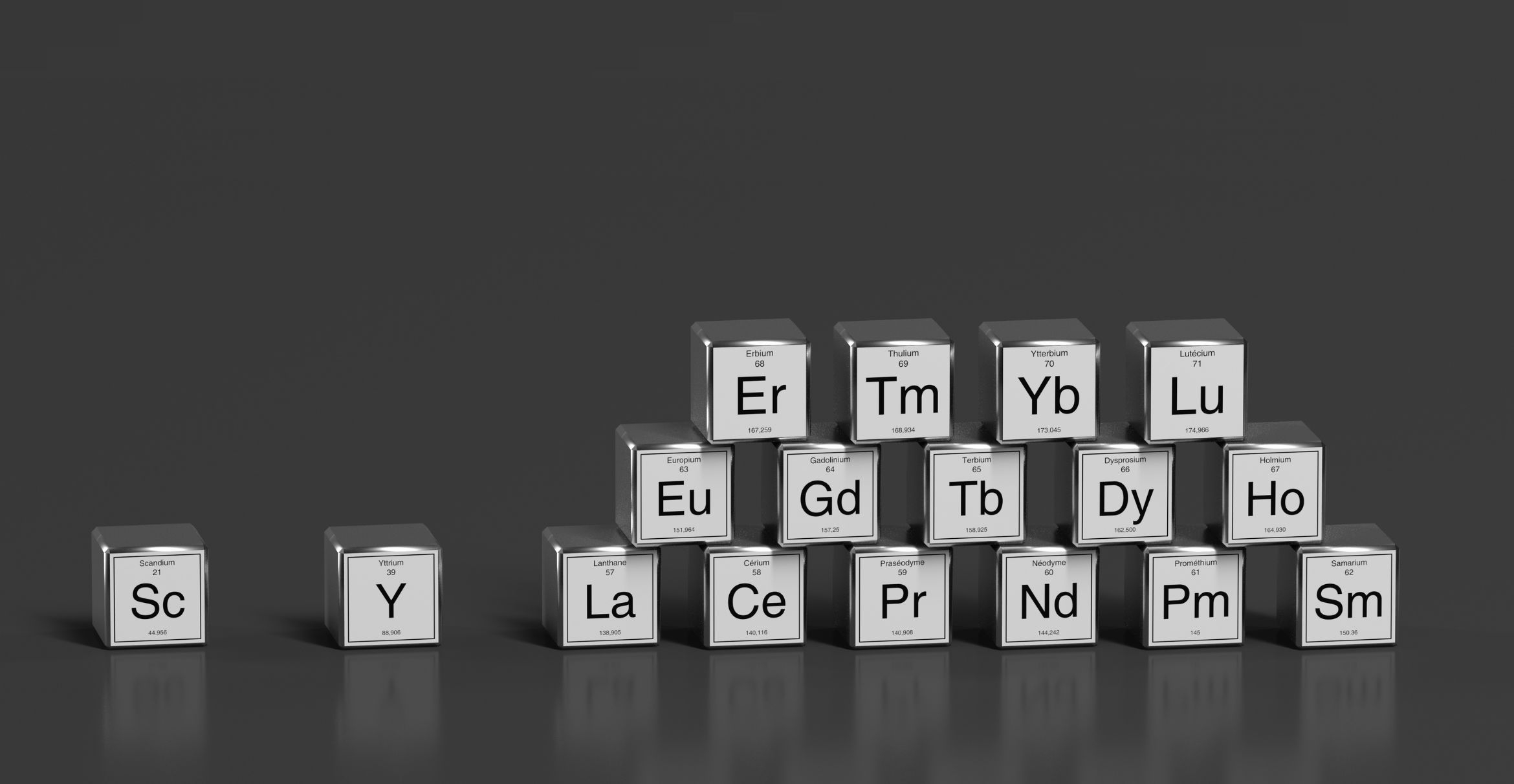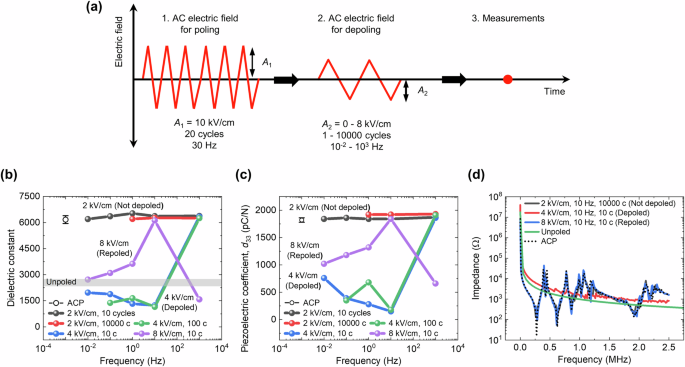2024-08-06 カリフォルニア大学サンタバーバラ校(UCSB)

Photo Credit:Thibault Renard via iStock
Scientists and engineers would love if separating rare earth elements were as easy as picking one out of a stack of blocks.
カリフォルニア大学サンタバーバラ校の化学教授ジャスティン・ウィルソン率いる研究チームは、希土類元素(REEs)のディスプロシウムを室温で安全に精製する技術を開発しました。これは従来の有毒な化学物質を用いる方法に代わるもので、研究は「Angewandte Chemie」に発表されました。
◆REEsは現代の電子機器に重要で、分離が難しいため高価です。研究チームは新しいキレート剤「G-macropa」を使い、ディスプロシウムを効率的に精製しました。この技術は産業廃棄物からの希土類元素の再利用を可能にし、経済的かつ環境に優しい方法で、米国の供給チェーンにも大きな影響を与える可能性があります。
<関連情報>
- https://news.ucsb.edu/2024/021572/cleaner-more-efficient-way-process-and-recycle-rare-earth-elements
- https://onlinelibrary.wiley.com/doi/10.1002/anie.202410233
水溶液からの希土類元素ネオジムとジスプロシウムのキレーター支援沈殿に基づく分離 Chelator-Assisted Precipitation-Based Separation of the Rare Earth Elements Neodymium and Dysprosium from Aqueous Solutions
Yangyang Gao, Gerra L. Licup, Nicholas P. Bigham, David C. Cantu, Justin J. Wilson
Angewandte Chemie International Edition Published: 18 July 2024
DOI:https://doi.org/10.1002/anie.202410233
Abstract
The rare earth elements (REEs) are critical resources for many clean energy technologies, but are difficult to obtain in their elementally pure forms because of their nearly identical chemical properties. Here, an analogue of macropa, G-macropa, was synthesized and employed for an aqueous precipitation-based separation of Nd3+ and Dy3+. G-macropa maintains the same thermodynamic preference for the large REEs as macropa, but shows smaller thermodynamic stability constants. Molecular dynamics studies demonstrate that the binding affinity differences of these chelators for Nd3+ and Dy3+ is a consequence of the presence or absence of an inner-sphere water molecule, which alters the donor strength of the macrocyclic ethers. Leveraging the small REE affinity of G-macropa, we demonstrate that within aqueous solutions of Nd3+, Dy3+, and G-macropa, the addition of HCO3– selectively precipitates Dy2(CO3)3, leaving the Nd3+–G-macropa complex in solution. With this method, remarkably high separation factors of 841 and 741 are achieved for 50:50 and 75:25 mixtures. Further studies involving Nd3+:Dy3+ ratios of 95:5 in authentic magnet waste also afford an efficient separation as well. Lastly, G-macropa is recovered via crystallization with HCl and used for subsequent extractions, demonstrating its good recyclability.



